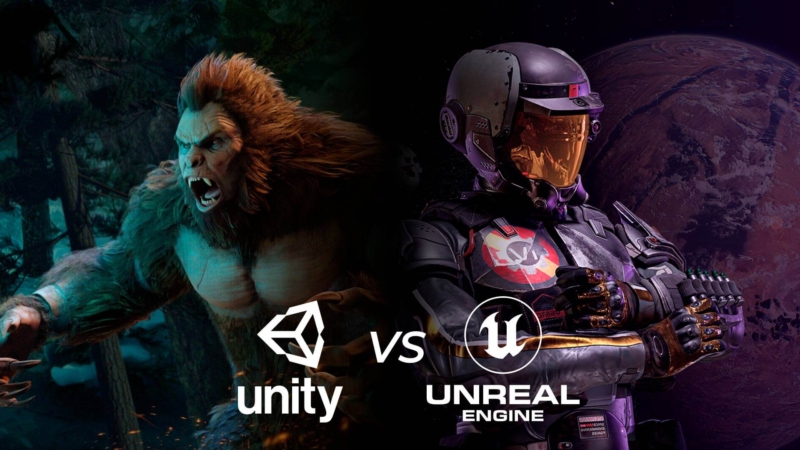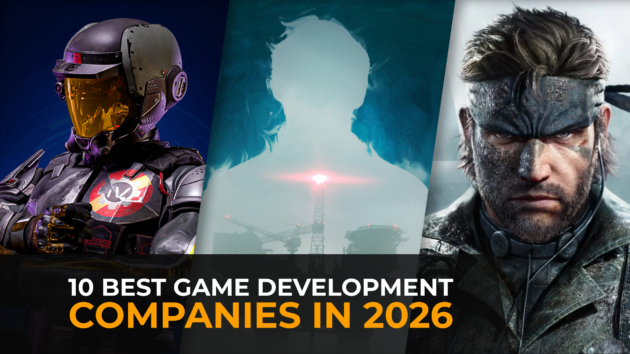When it comes to game engines, developers these days are spoiled for choice, as Godot, GameEngine, Construct, GameMaker, and numerous other tools with their undeniable merits have been becoming more popular. Godot’s rise is particularly noteworthy, as it extends not only among independent game developers but also to companies like Tesla, which employs Godot to power some of the graphically intense components of their mobile app.
Nevertheless, the age-old debate in the field persists between the two giants: Unity and the Unreal Engine. In today’s landscape, comparing these two has become increasingly challenging.
No Clear Winner
Not too long ago, a clear distinction existed: Unity was favored for its developer-focused nature, utilizing the powerful and user-friendly C# programming language. On the other hand, Unreal was the choice for those seeking an artist-oriented solution, thanks to its intuitive visual scripting capabilities that spared users from engineering complexities. However, this demarcation has blurred due to both companies striving to outdo each other across virtually all aspects of game development. Unreal has been diligently enhancing its C++ solution, while Unity has introduced native visual scripting functionality into its engine.
Additionally, there were previously mixed reviews about the stability of Unity’s component system, which gave Unreal some sort of an edge. This distinction, too, has been erased since the release of its high-level and stable version 1.0.
This milestone on the side of Unity can significantly impact performance improvement, given that the engineers working on your project utilize the entity’s package effectively.
Furthermore, a few years back, they unveiled the visual effects graph, enabling the simulation of millions of particles on the GPU. This was likely their response to criticisms on the web about their engine lacking graphical sophistication.
Unreal, however, has been pushing some massive improvements also. The company recently introduced “Nanite,” allowing engineers to incorporate highly polycount models in games, and “Lumen,” an advanced lighting solution that eliminates the need for lightmap baking.
Conventional Wisdom
At this juncture, we find ourselves in a landscape where every innovative feature introduced by one game engine is met with the determination of another to surpass it with its own solution. Moreover, the emergence of new contenders like Godot into the mix injects even more fervor into the competitive arena.
As a result, the question of which engine possesses superior graphical or technical capabilities is growing progressively less straightforward. While suggestions such as “You should migrate your game to Unreal for enhanced visuals” still occasionally surface, our experience at Stepico has shown that Unreal’s once-dominant graphical prowess is no longer markedly distinct. And a mere transition to Unreal no longer guarantees an immediate visual uplift.
Essentially, Unreal Engine activates certain post-processing effects by default, while Unity enables nuanced manual graphic tuning. However, Stepico’s experts have achieved considerable success in crafting visually captivating games on both platforms. For instance, our upcoming first-person shooter, Discovery, is being created using Unreal Engine 5, while our graphically advanced mobile fishing simulator, Fishing Rival, is powered by Unity.
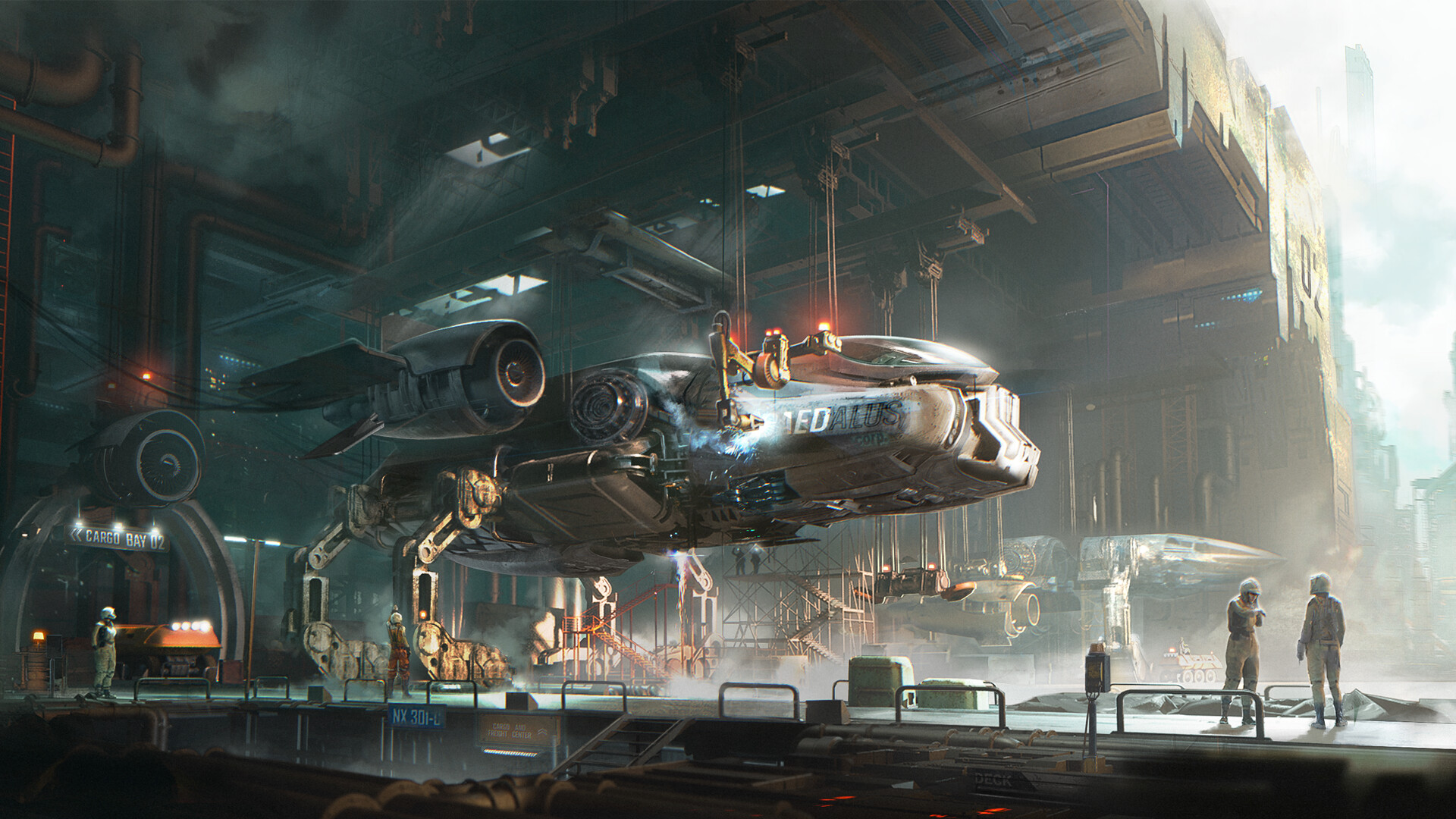
So, how does one determine which engine aligns better with their game’s requirements?
Beyond personal inclinations, often rooted in developers’ familiarity with a particular engine, there are specific niches for which Unreal and Unity exhibit slight advantages. For instance, conventional wisdom holds that if you have a specific focus on robust 3D titles, Unreal proves the superior choice. Prominent titles such as Deathground and the eagerly anticipated S.T.A.L.K.E.R. 2: Heart of Chornobyl and The Witcher Polaris all harness its robust graphical capabilities. The industry recognizes Unreal as the premier foundation for next-generation physics and graphics, with particular praise for its implementation of dynamic lighting. These attributes have elevated the engine to an industry standard in the realm of intricate, high-fidelity 3D games, garnering numerous awards and accolades.
Conversely, Unity stands as an incredibly adaptable engine that, over time, has become synonymous with mobile game development. Thus, if you gravitate more towards mobile and 2D games, Unity becomes the recommended option. It is important to emphasize that we do not imply that Unity cannot support the creation of 3D triple-A titles, as its 3D engine, too, boasts substantial power. However, we have observed that crafting, engineering, and refining high-end games may demand more effort and time within the Unity framework. Some notable 2D and 3D games powered by Unity include titles such as Call of Duty: Mobile, Subnautica, Beat Saber, Guild of Guardians, and Hitman Sniper.
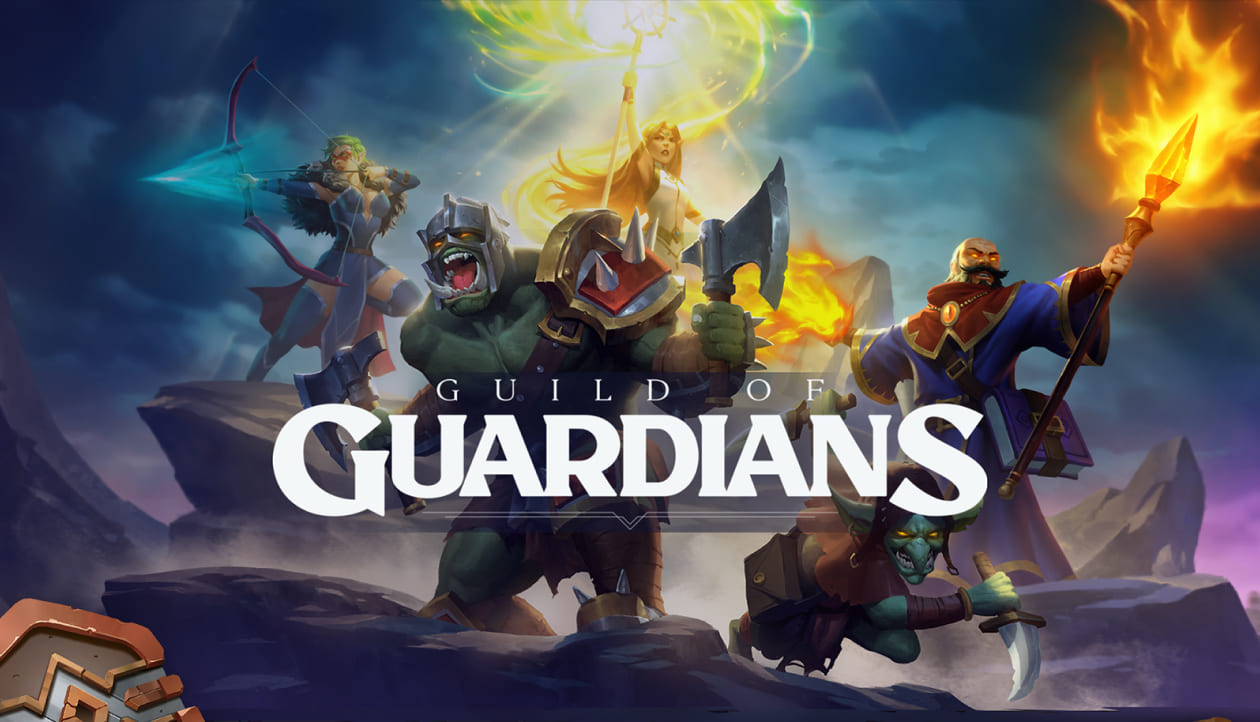
Specific Pros and Cons
Both platforms have firmly established themselves in the gaming market. While they share comparable strengths, each possesses distinct selling points. Here are some examples:
Unity’s pros
- Prides itself on simplicity and accessibility, making it ideal for rapid game development while also providing the capabilities required for triple-A game engineering.
- Offers a plethora of tools that expedite both 2D and 3D game development.
- Boasts the largest and most vibrant community of developers in the industry.
- Commands an impressive market share of 29.41%.
- Offers nearly three times the number of assets compared to the Unreal Engine.
Unreal’s pros
- Offers arguably the best graphics in gaming.
- Provides a diverse array of advanced features tailored specifically for high-fidelity games.
- Its built-in scripting solution is famously straightforward, offering C++ and pipeline integration options with Python.
- Introduced the Nanite and Lumen technologies, enhancing rendering, lighting, and more.
- Provides full access to the source code.
- Offers quicker rendering compared to Unity, potentially resulting in faster engineering and post-processing.
Unity’s cons
- Unlike Unreal, Unity does not prioritize high-quality visuals out of the box. While the latter has advanced lighting and rendering techniques activated by default, Unity requires engineers to manipulate various configurations and customizations to achieve similar levels of fidelity.
- Limited read-only access to the engine’s source code hampers developers in several ways: altering fundamental functionality becomes difficult, and extending core features might necessitate specific optimizations. This also presents challenges in fine-tuning engine components, which is typically essential in high-performance games for achieving optimal frame rates.
- Designed as a general-purpose engine for a variety of games, including simpler 2D and puzzle titles, Unity defaults to less optimization for high-end graphics than Unreal.
Unreal’s cons
- Due to its extensive array of advanced features and robust rendering capabilities, finishing game details—such as complex materials and intricate graphics—typically requires a longer timeframe on the engine. Consequently, development projects tend to be lengthier and potentially more costly.
- The sophisticated graphics for which the engine is renowned can be highly computationally demanding, imposing significant hardware requirements. This might limit the usability of such games on lower-end devices and machines.
- Traditionally, Unity has been more adaptable to mobile and VR environments, perhaps due to the company’s initial focus on these markets. Although Unreal has also made strides in these areas, Unity continues to be widely regarded as the more efficient choice for mobile and VR projects.
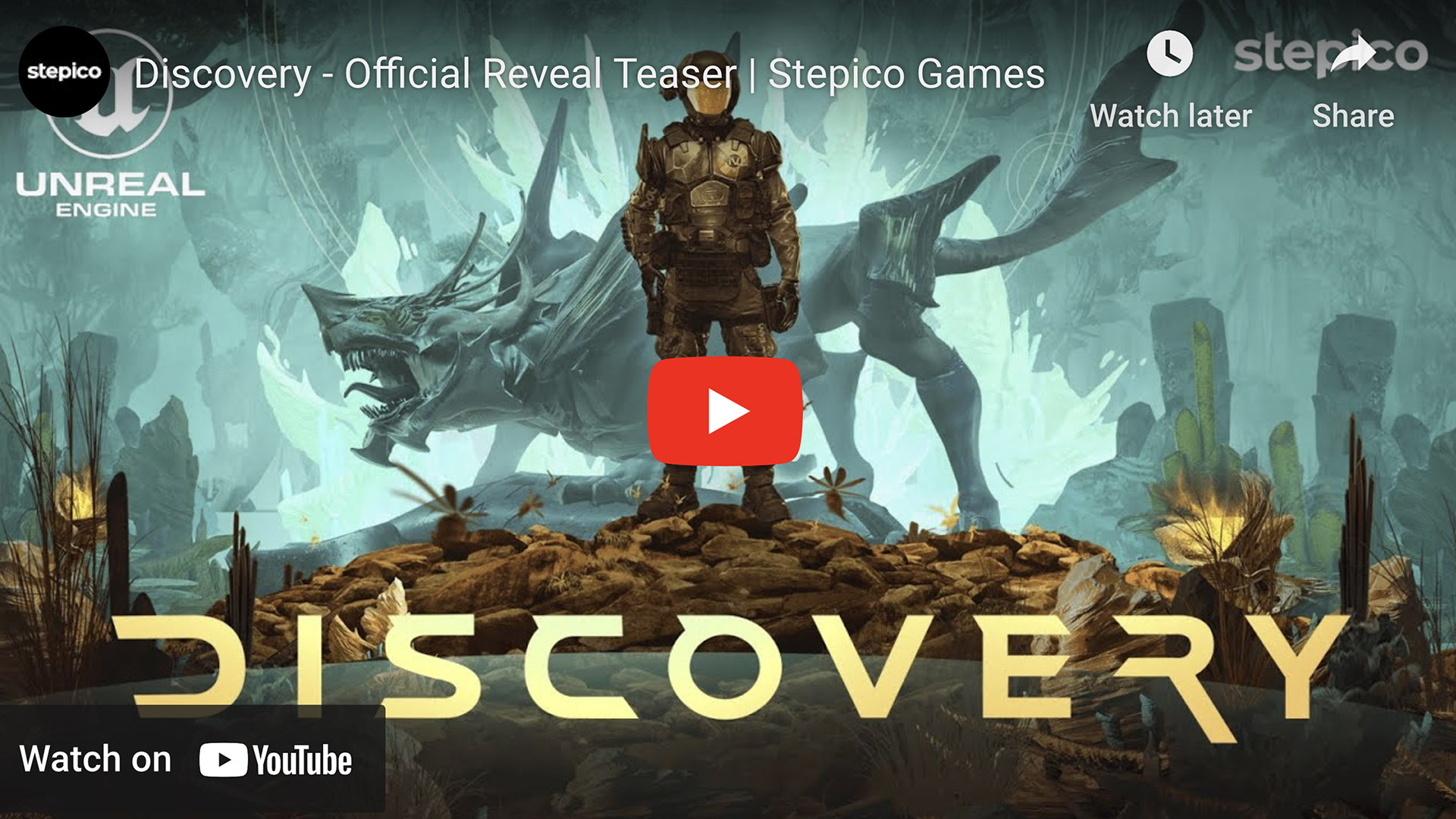
How We Approach Choosing an Engine at Stepico
At Stepico, our approach to assisting clients in selecting the ideal platform for their projects entails a meticulous analysis of requirements, in-house expertise, and objectives. We leverage our extensive portfolio to showcase similar projects, offering preliminary estimates of pricing, complexity, and design and development timelines.
Organizations must address the pivotal question to facilitate a clearer choice: What type of game do we envision, and where do we intend it to be experienced?
These are paramount considerations when deciding between the two platforms. Despite both of them offering cross-platform integration capabilities, Unity’s superiority is evident in terms of the sheer number of integrations it supports.
Notably, Unity enables engine creation for:
- Android and iOS
- Windows Phone 8
- Mac OS and Linux
- HoloLens
- Samsung SMART TV and Android TV
- PlayStation Vita, Xbox One, Xbox 360
- Wii U WebGL and Web Player
Contrastingly, Unreal Engine is compatible with:
- Android and iOS
- Windows PC
- Linux SteamOS and Mac OS X
- HTML5
- PS4, Xbox One
As evident in most scenarios, both engines can serve effectively across various platforms. Despite the fact that Unity offers a slight advantage in terms of cross-platform integration and is more suited for 2D and mobile game development out of the box, Unreal can certainly accommodate 2D titles as well when properly configured and optimized. In the end, the choice always comes down to your specific requirements and preferences.
Unity has made strides in enhancing its graphics, yet Unreal’s visually striking attributes remain the industry benchmark, widely embraced by most gaming studios. However, this visual prowess does entail a trade-off in terms of flexibility.
Our experience at Stepico has revealed that while the Unreal engine lends itself particularly well to high-end game development, it does impose specific structural rules on game construction. This comes with the advantage of a comprehensive array of sophisticated built-in tools encompassing complex animation logic, multiplayer capabilities, chaos destruction, AI behavior trees, game-saving mechanisms, and more.
Unity also offers these tools, but integration efforts are often required.
Unreal Engine boasts an intricate gameplay framework encompassing game rules, user interfaces, cameras and controls, player input, and more. While this furnishes developers with a rich toolkit for crafting remarkable games, it guides them towards adhering to Unreal’s principles during the construction process. So, for those new to the engine, these principles may necessitate a learning curve.
Hence, the ultimate choice distills to this: If your vision entails a high-fidelity, substantial game, and you’re amenable to aligning with Unreal’s architectural choices, it’s advisable to opt for Unreal. Alternatively, Unity provides a simpler foundation ideally suited for lighter games, especially those of the 2D variety. However, if intricate visuals are your pursuit, be prepared for more extensive work with Unity.
Summing Up
Unity and Unreal have long stood as the Coke and Pepsi of the gaming world, enjoying immense popularity and substantial online followings. And, as a seasoned game development company, we consistently strive to maintain an unbiased approach when highlighting the merits of each engine for a client’s specific project.
It’s important to recognize, as we do, that neither engine inherently surpasses the other. Instead, their respective features can prove better suited depending on specific circumstances and project requirements.
Let’s summarize the strengths of each engine.
In the realm of graphics, particularly the “out-of-the-box graphics,” Unreal still holds somewhat of an advantage. With its remarkable rendering capabilities and advanced rendering pipelines, it boasts physically-based rendering, dynamic rendering, and truly remarkable real-time global illumination. If you explore presentations showcasing the engine’s latest accomplishments, such as the one linked here, featuring their experimental suite of procedural content generation tools, you’ll undoubtedly be captivated by the visual prowess.
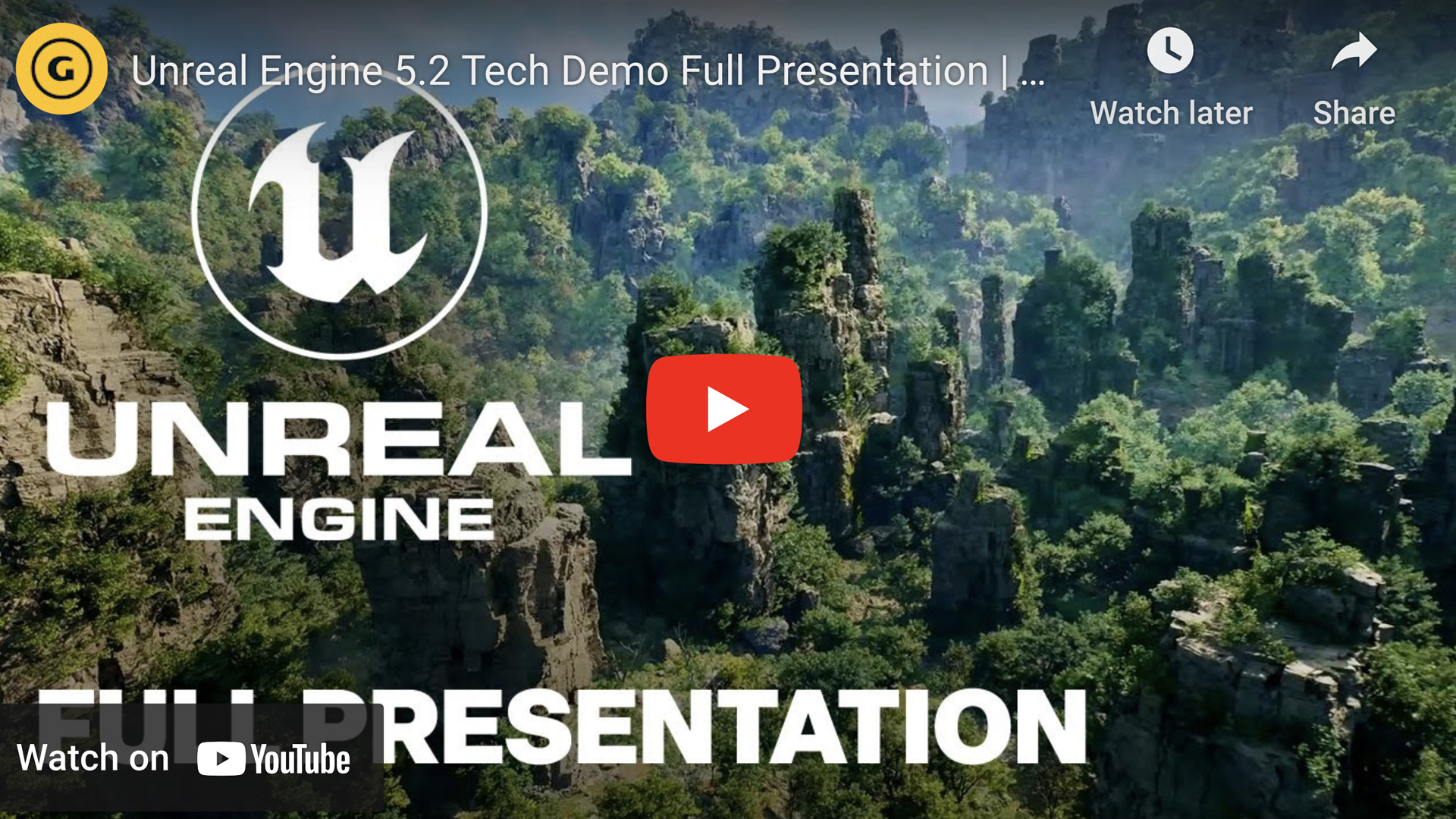
However, Unity’s capacity for delivering high-end visuals is also noteworthy. The company has dedicated efforts to enhance its graphics, evident in the High Definition Render Pipeline (HDRP) advancements, a comprehensive human toolkit, and the sophisticated Adaptive Probe Volume lighting system, and they’ve made commendable progress.
Yet, attaining a stunning level of graphics within Unity necessitates traversing several additional optimization and customization steps.
In terms of platform support, Unity retains the edge. It arrives optimized and excels in compatibility with various mobile and XR platforms, outshining Unreal in this regard. For mobile games in particular, Unity emerges as the clearer choice, even though optimal performance can also be achieved with Unreal, albeit with additional time investment.
Regardless of your project’s scale, whether a modest mobile game or a high-fidelity AAA title, Stepico’s experts are equipped to identify the engine that aligns best with your unique requirements. If you aspire to construct an advanced, optimized, and visually striking game for any platform, reach out to our experts right now for a complimentary consultation.
